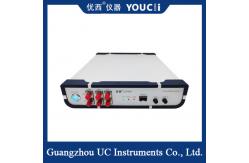100Gbps Multi-frequency Clock Recovery Instrument 25~28Gbps CDR
|
|
100Gbps Multi-frequency Clock Recovery Instrument 25~28Gbps CDR The 100Gbps multi-frequency division clock recovery instrument is a key device for high-speed optical communication testing. This device is connected to the optical module through the SFP28 optical port, converts the optical signal into an electrical signal, and then extracts the clock information to trigger the sampling oscilloscope to test the optical eye diagram.
Its core functions include: Optical signal conversion: Supports conventional optical modules in SFP28 packaging (such as SR, LR, BIDI), and converts optical signals into electrical signals through the receiving end. Clock extraction and output: Extract the clock from the electrical signal and output it as the trigger signal of the oscilloscope to solve the problem of no frequency division clock output of the device under test. Multi-frequency division support: By adapting the frequency division function to different test requirements, it ensures that the clock signal is synchronized with the sampling oscilloscope. |
|||||||||||||||||||||||||||||||||||||||||||||||||||||||||||||||||
| Product Tags: 100G Multi-frequency Clock Recovery Instrument 100Gbps Multi-frequency Clock Recovery Instrument Multi-frequency Clock Recovery Instrument | |||||||||||||||||||||||||||||||||||||||||||||||||||||||||||||||||
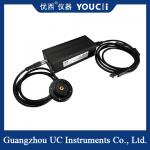
|
High Speed Optical Power Meter PD External Wavelength Range 850 ~ 1700 Nm |
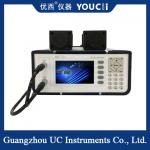
|
High Power PD External Optical Power Meter High Precision +25 ~ -65dBm |
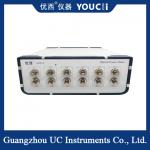
|
2/4/6/8/12/16 Multi - Channel Optional Power Meter ± 0.06 DB 850nm Wavelength |
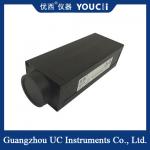
|
40dB 1700nm Usb Optical Power Meter Multi Meter Probe Small And Convenient |
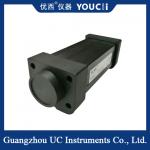
|
PLC Power Probe Multi Meter High Speed +5 ~ -80dBm Power Range |
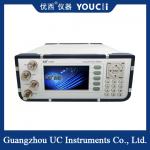
|
4 Channel Power Optical Meter High Precision Optical Test Equipment |

